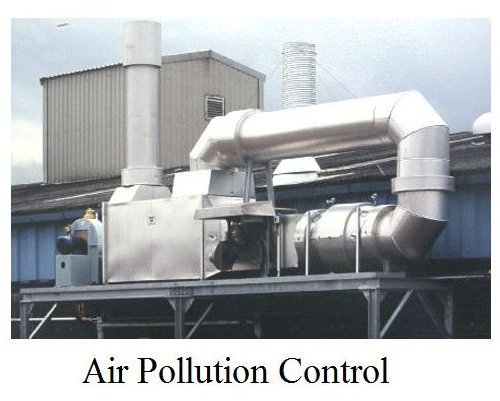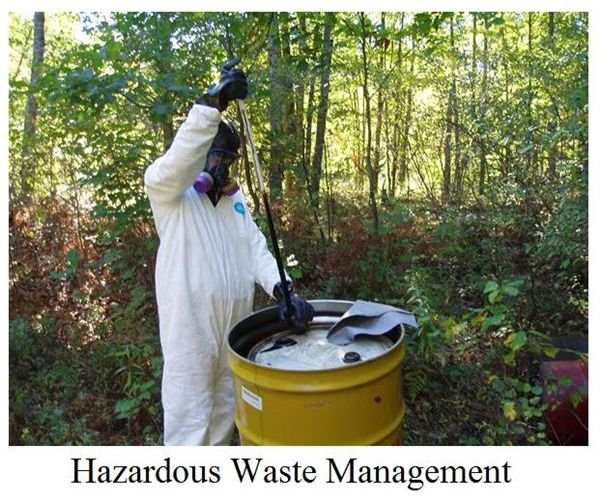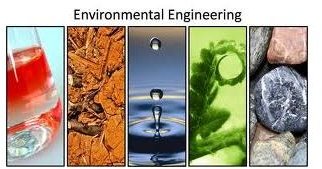What is Environmental Engineering?
A Definition for Environmental Engineering
Environmental engineering, like many fields of engineering, involves the planning, design, construction and operation of equipment, systems, and structures for the benefit of society. In the case of environmental engineering, the equipment, systems, and structures are for the protection and enhancement of the environment. The major fields within environmental engineering are air pollution control, waste water treatment/water pollution control, hazardous waste management, water treatment (for drinking water and for industrial water use), and solid waste management.
Environmental Engineering History and Background
Sanitary engineering emerged as a separate engineering field within civil engineering in the mid 1800’s as the importance of drinking water treatment and wastewater treatment became recognized. Sanitary engineering, which had an emphasis
on water supply, water treatment, and wastewater collection and treatment for many years, is the precursor of the present day field of environmental engineering. Public concern about environmental quality issues like air pollution and water pollution emerged in the middle third of the 20th century, leading to development of environmental engineering as a separate discipline that deals with air pollution control, hazardous waste management and industrial hygiene as well as the traditional sanitary engineering fields of water supply and waste water treatment. Environmental engineers also carry out environmental site assessments for property and environmental impact assessments for projects and activities. As awareness of soil and groundwater contamination has grown, the need for environmental engineers in soil and groundwater remediation has also grown.
Image Credit: Carleton College/Environmental Engineering
Significant legislation in the U.S. that has helped to define the work required of environmental engineers includes:
- The Clean Air Act - 1970
- The Safe Drinking Water Act - 1974
- The Toxic Substances Control Act (TSCA) - 1976
- The Resource Conservation and Recovery Act (RCRA) - 1976
- The Clean Water Act - 1977
Environmental Engineering Areas of Practice
Waste water treatment includes primary treatment for removal of suspended solids, secondary treatment for reducing the biochemical oxygen demand, and perhaps advanced wastewater treatment for nutrients or other additional contaminant removal. Waste water

treatment has been an important part of environmental engineering since its importance for controlling the spread of disease became recognized, when sanitary engineering was just getting started.
Air Pollution Control is needed for control and management of emissions from fixed sources, like smokestacks from industrial plants and power plants, and from movable sources, primarily automobiles.
Image Credit: AirProtekt/UK
Water treatment is another area of environmental engineering practice that has a long history. Drinking water treatment has traditionally involved disinfection and perhaps softening and/or removal of iron and manganese for groundwater. For surface water supplies, chemical coagulation, sedimentation, and sand filtration, followed by disinfection is the typical treatment train.
Solid Waste Management options for disposal are placement in a sanitary landfill or incineration to reduce the quantity that needs

to go into a sanitary landfill to the ash. There is also increasing emphasis on recycling and reuse to reduce the quantity of solid waste requiring disposal.
Hazardous Waste Management in the U.S. is regulated by the Resource Conservation and Recovery Act (RCRA). This act provides definitions for identifying hazardous wastes and regulations for transport and management of those hazardous wastes.
Image Credit: Arch Environmental Group
References
References for Further Information:
1. U.S. Bureau of Labor Statistics, Occupational Outlook for Environmental Engineers
2. American Academy of Environmental Engineers website.
3. Anderson, William C. “A History of Environmental Engineering in the United States.” In Environmental and Water Resource History, edited by J. Rogers and A. Frederick. Reston, VA: American Society of Civil Engineers, 2002.
